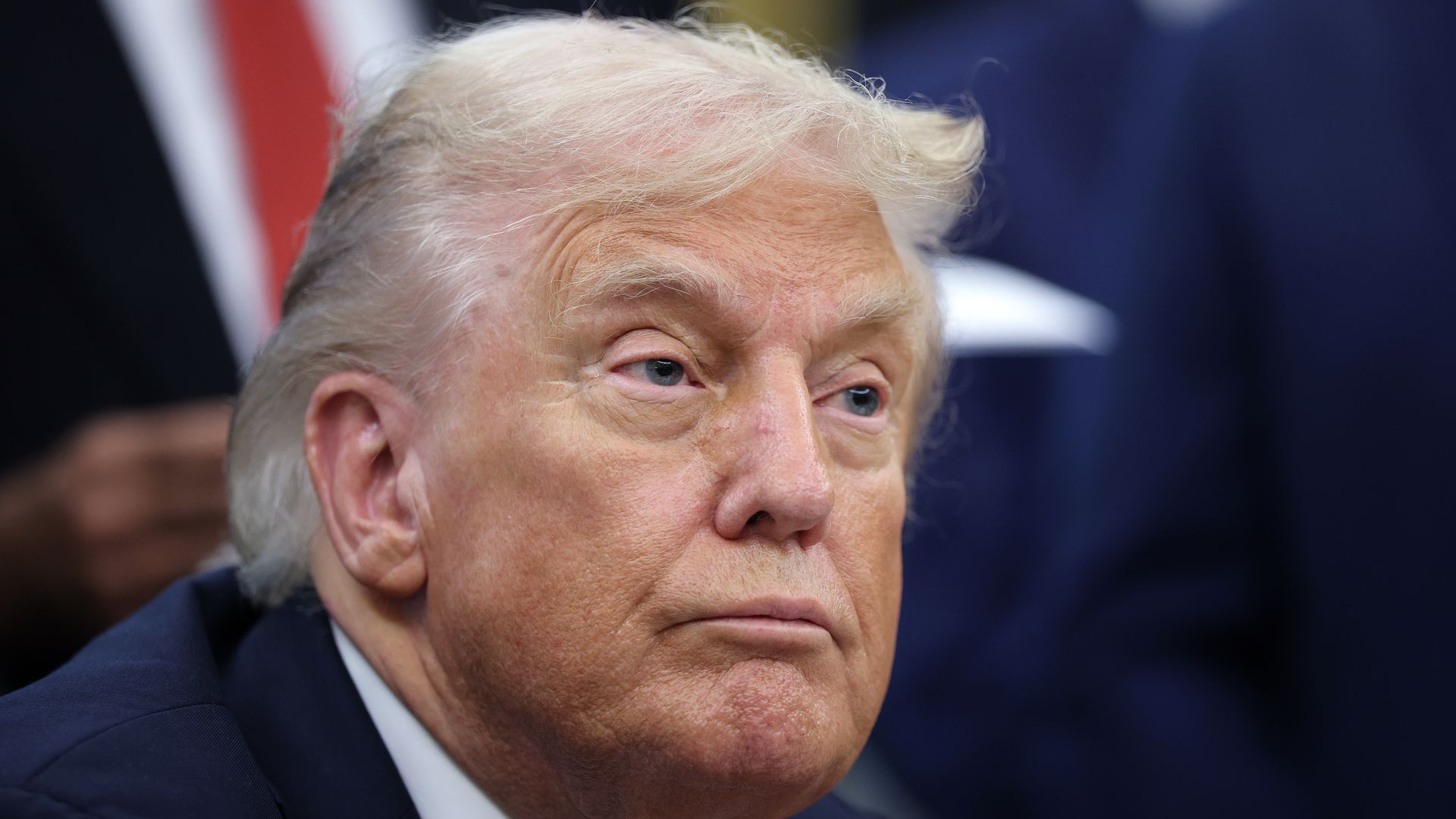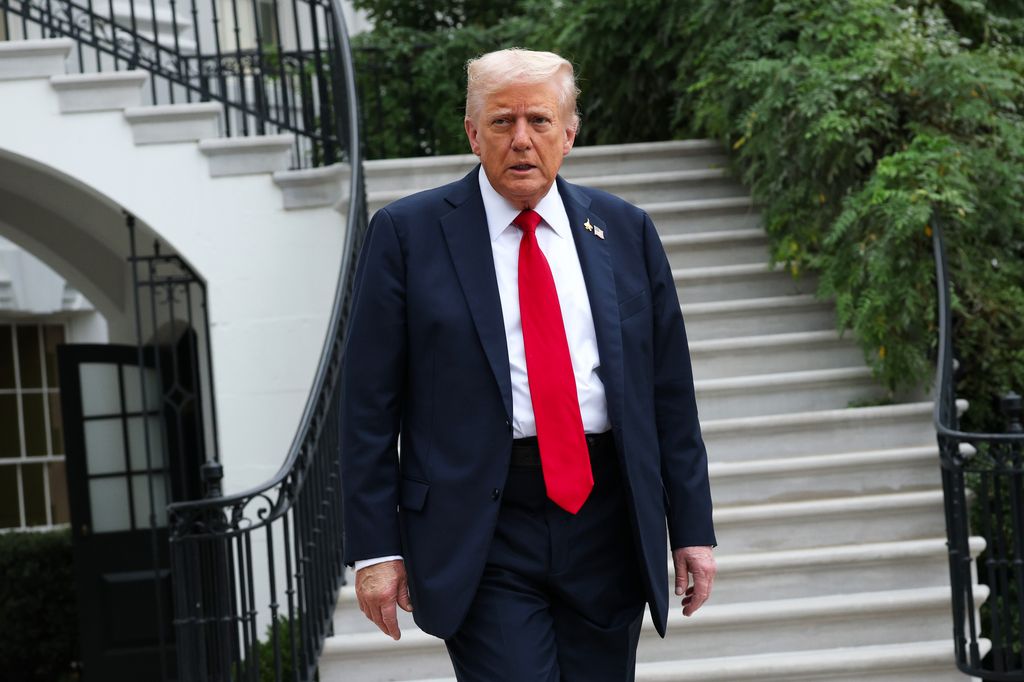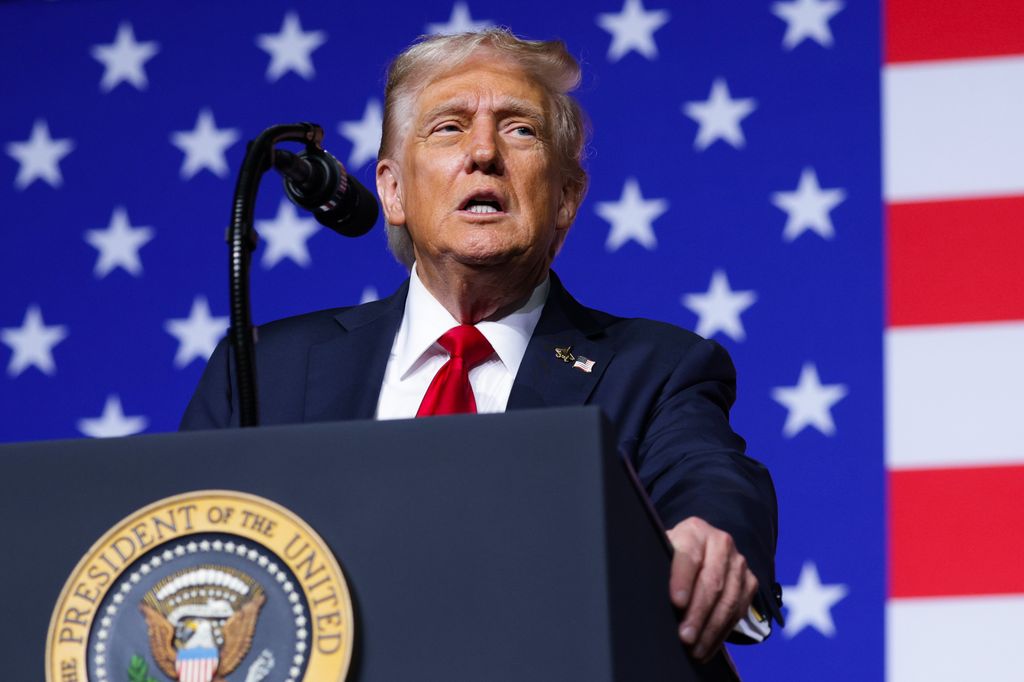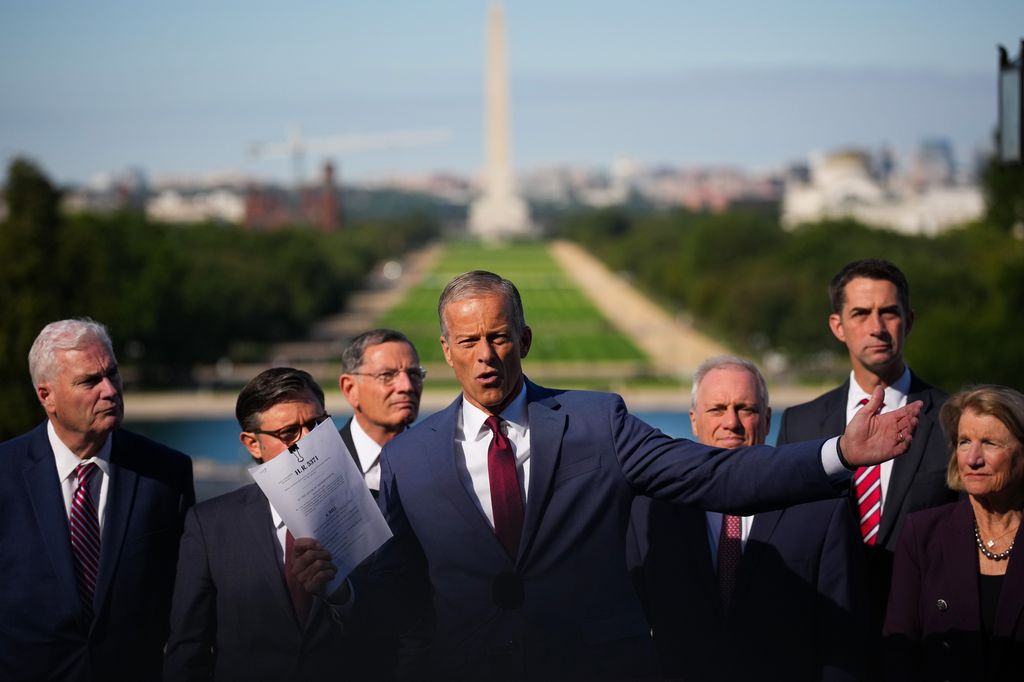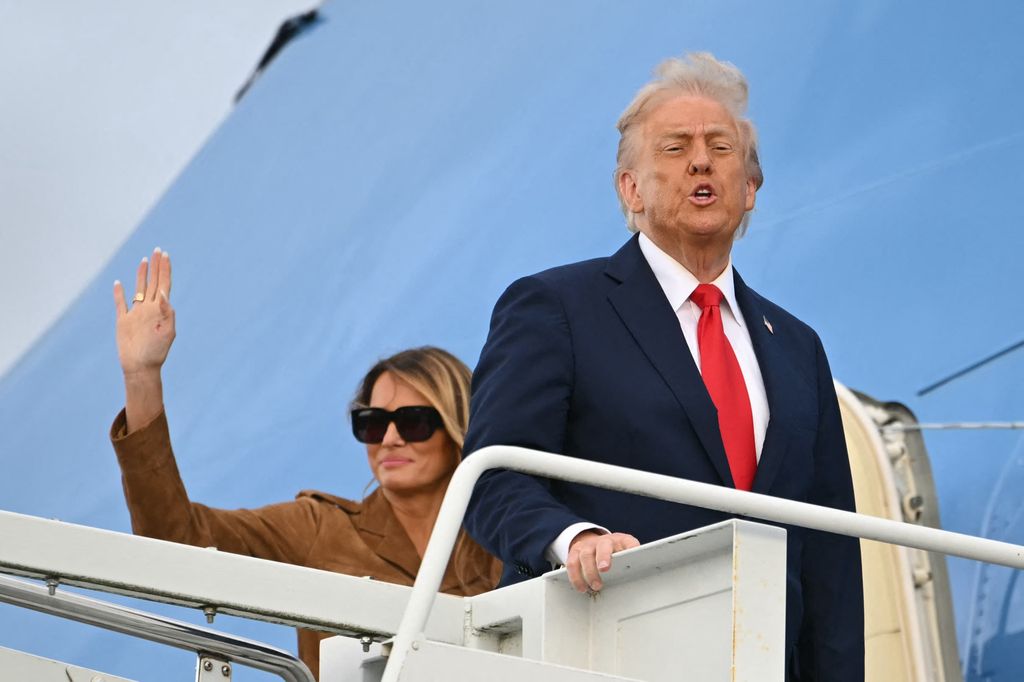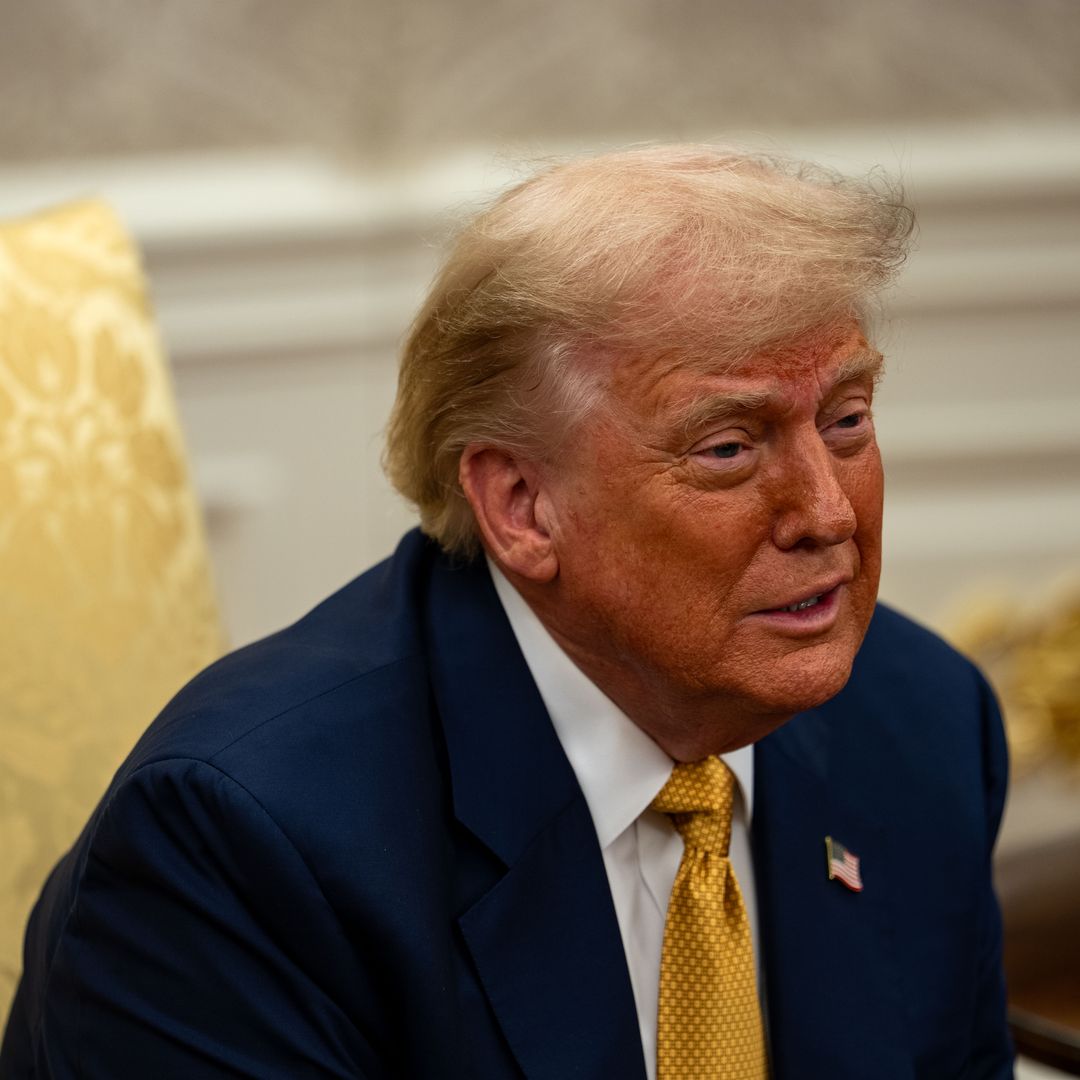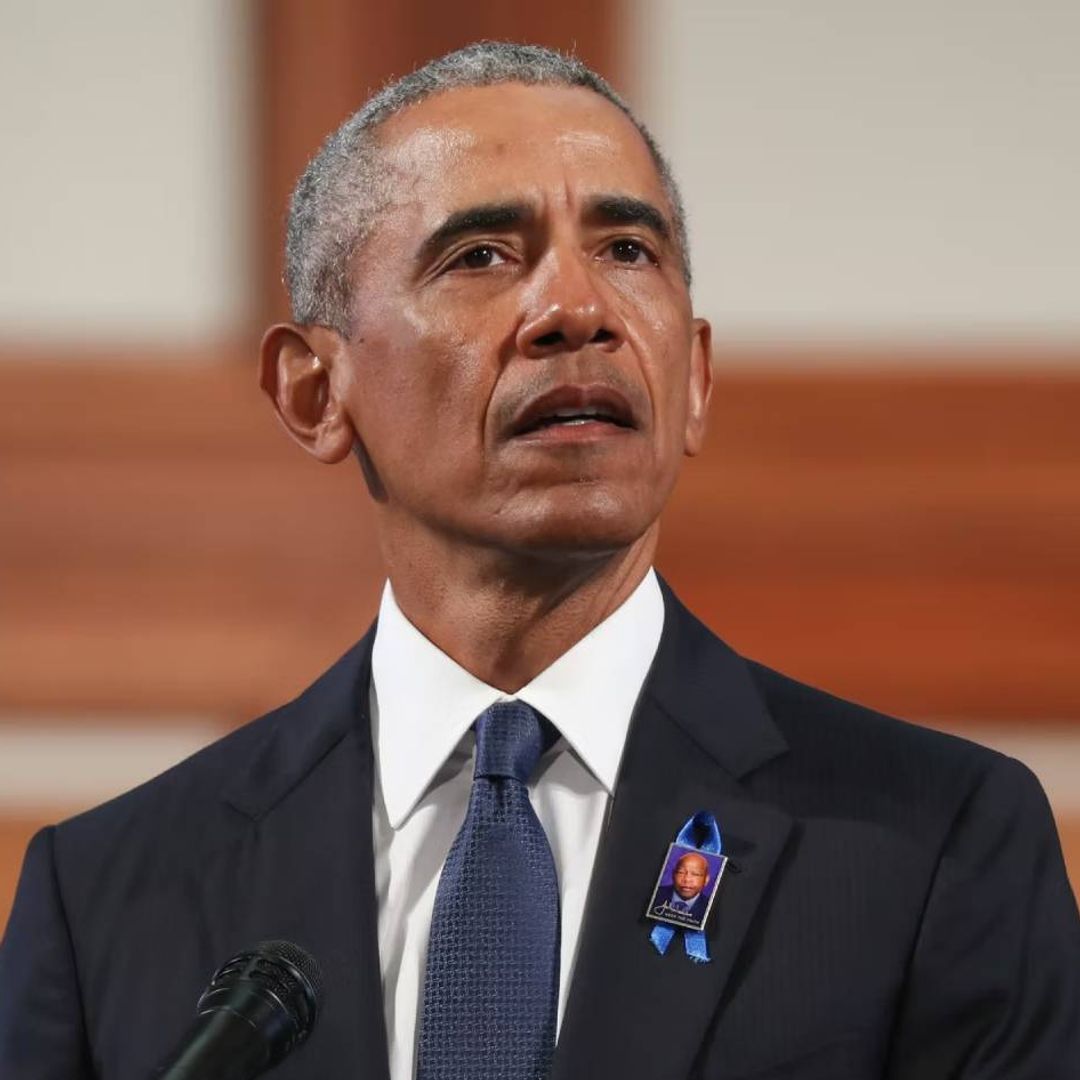A second government shutdown has taken place under Donald Trump's leadership. The last time the government shut down was on December 22, 2018, when congress hit an impasse over the president's demand for $5.7 billion in federal funds for a U.S.-Mexico border wall, something he has been advertising for ten years, since he launched his first presidential campaign, but has never achieved.
The shutdown ended 35 days later, when the representatives elected in the November 2018 election took office, giving Democrats a majority in the House, who immediately voted to approve the appropriations bill that had previously passed the Senate unanimously, which included no funding for the wall.
Seven years and another presidency later, Republicans have shut down the government again, as they failed to convince Democrats to hop on board their spending bill, and rejected their efforts to protect healthcare for Americans. Here's what you need to know.
The central issue
Republicans are trying to pass their proposed measure to keep the government open for at least the next seven weeks, while Democrats, who Republicans need to pass the legislation through the upper chamber, are holding the line on their demands regarding healthcare for Americans. Per House Minority Leader Hakeem Jeffries, "Our position has been very clear: cancel the cuts, lower the costs, save healthcare," and then they'll cooperate.
In turn, Republicans want to pass the bill without those protections to the Affordable Care Act, also known as Obamacare. "We can have that conversation, but before we do: release the hostage, set the American people free, keep the government open and then let's have a conversation about those premium tax credits," Senate Majority Leader John Thune said on Sunday, suggesting he is "certainly open to that. I think we all are."
What happens in a government shutdown
A lot of services across the nation come to a halt or are severely interrupted when the government shuts down. Both federally funded museums, as well as parks and monuments under the National Park Service could be forced to close, leaving hundreds temporarily without pay or a job.
Government employees who are deemed essential, such as TSA agents and air traffic controllers, do continue to work, however they will not get paid until the government reopens. As a result, staffing is limited, and travelers can expect long lines and delays at airports.
Though naturally Democrats and Republicans have engaged in a blame game over the shutdown, Trump's team appears to already be seeing the shutdown as a beneficial opportunity to complete some of its objectives (many of them from the notorious Project 2025). Per Politico, the White House budget office, which is run by project 2024 author Russ Vought, is instructing federal agencies to prepare reduction-in-force plans for mass firings (instead of the typical temporary furlough) during the shutdown, specifically targeting employees who work for programs that are not legally required to continue, or whose discretionary funding will lapse and no alternative funding source is available.
